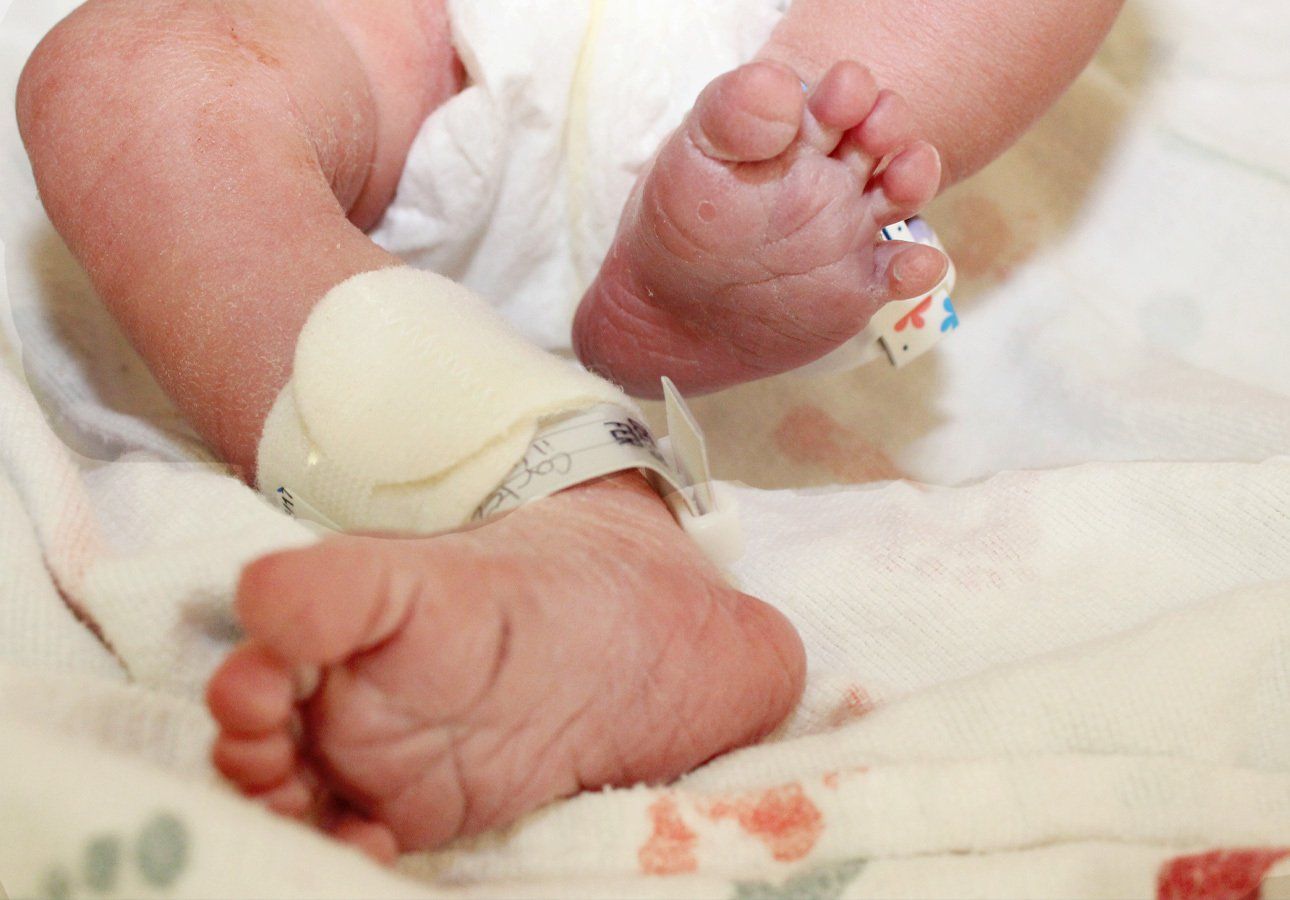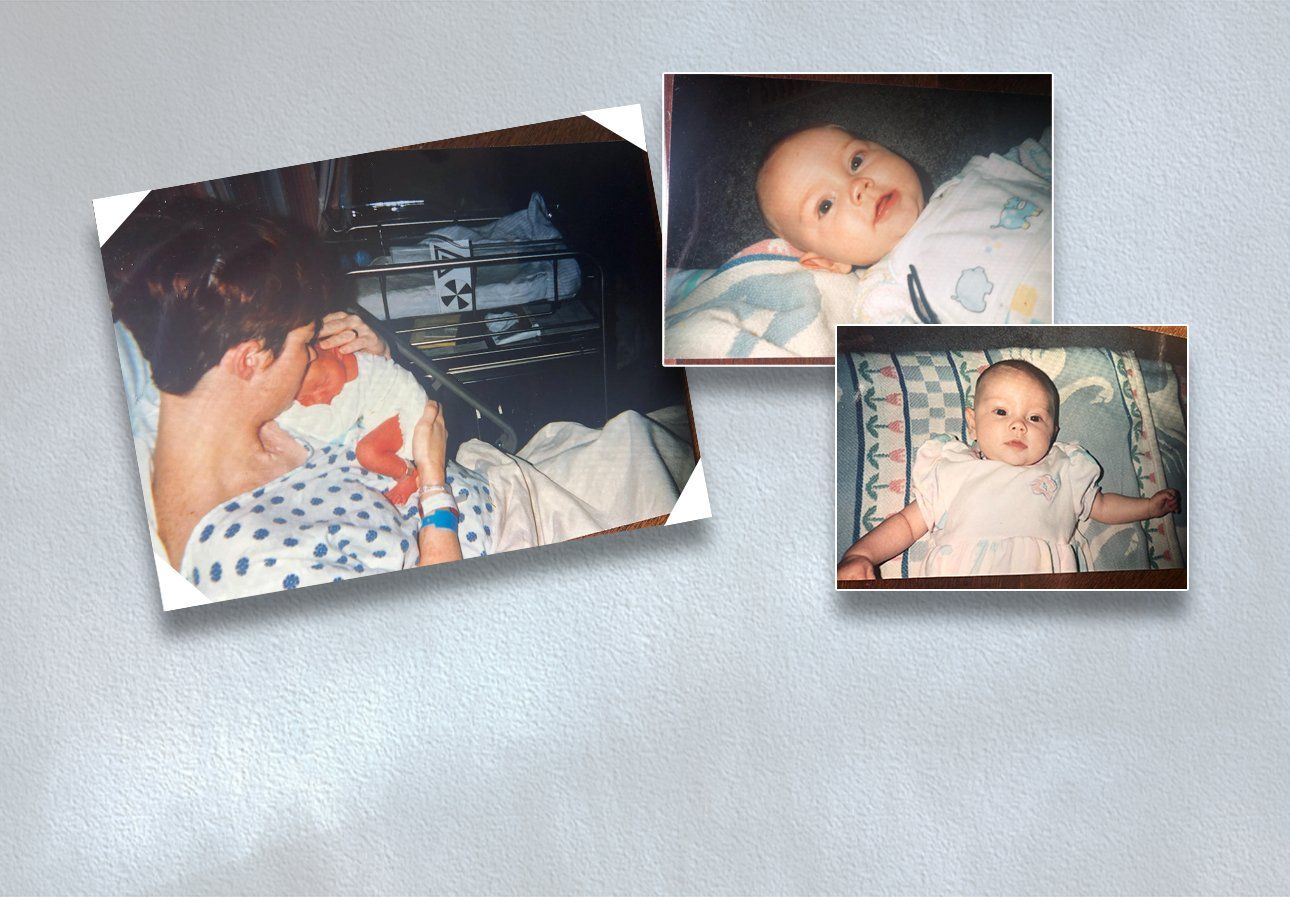Blog Layout
What is midwifery and is it right for me and my baby?
January 5, 2021
Despite myths and obstacles associated with midwifery, a growing number of Americans are turning to the practice for maternity care. In the late 1980s, only 3 percent of births were attended by a midwife.
Today, that has grown to 9 percent . Still minuscule compared to obstetrician-attended births, but it is growing. In the US, the practice is often seen as unconventional – a fringe choice, something strange, or even perceived as “less than” when compared to OB-GYN care. Whereas in the UK and other countries, midwifery is at least as common as care by obstetricians and utilized in two-thirds of the births. How did the US get here? Is midwifery safe, and why choose it?
Abby Zamora chose midwifery for all of her four births. She says that the key is being educated and informed. “My husband was unsure of midwifery at first. But then we experienced it with our first, and we’ve had great births ever since,” recalled Zamora.
Misconceptions of midwifery-assisted births
Because midwifery is shrouded in a bit of mystery, people tend to think it is all-natural, with no doctors or medical expertise, no hospitals, and no drugs. That perception can be a deterrent for many expectant families. “My husband thought I was going to give birth on the living room floor. His perception was that if it wasn’t a doctor, then it was some sort of medieval practice,” she said. After they went through it with their first child, he agreed that it was the best experience for them.
“We wanted the family to be a part of the birthing process and have options and some control. I’ve tried water birth, epidural – pretty much every experience you can think of, except C-section – all with midwives,” said Zamora. “I’ve always felt very safe.”
“The midwives are there to help you however you need, which can include epidurals and pain meds. And an OB is available if necessary,” said Associate Professor
Jessica Anderson, DNP, CNM , one of Zamora’s midwives, and the director of Midwifery Services at the
University of Colorado College of Nursing . With the
Center for Midwifery , who are part of the
UC Health Hospital
and the University of Colorado College of Nursing, patients give birth at the Hospital on the Anschutz Medical Campus. “All of my children have been born there. I wouldn’t use anyone else,” said Zamora.
For midwives, pregnancy and labor are seen as normal life processes rather than conditions managed solely by medical professionals. That doesn’t mean everyone who uses a midwife has to have a labor and birth without pain medications. The majority of midwives in America practice in hospital settings with access to a full range of medications and other options. “From water birth to nitrous oxide to help alleviate pain to aromatherapy and epidural – you name it, we can do it,” said Anderson.
So, why does there appear to be an aversion to midwifery care in the US? The tide seemed to turn away from midwifery in the late 1800s with the advent of the hospital and medicine for clinical care, the introduction of germ theory, and new pain medications like anesthesia, which reduced much of the fear and discomfort associated with childbirth. Over time, hospitals began to be perceived as the safest places to give birth, and obstetricians started to bar midwives from practicing in them. Consequently, doctors became the primary caregivers in maternity care and by the early 1960s, midwifery was virtually extinct as a practice. At the same time these changes and innovations were occurring, the American medical system embraced a disease-based and curative philosophy. Childbirth was classified as a medical event and not necessarily a naturally occurring phenomenon. That philosophy shaped how the medical profession interacted with pregnant patients.
“The midwifery model of care emphasizes normalcy and wellness,” said Anderson. “Empowering women and giving them greater ownership of their health, their pregnancy, and the outcomes of that pregnancy based on choices that they make.” In years past, it was more the norm to give control about health care decisions to the provider. “We now have a generation of consumers who believe they should be involved in making healthcare decisions – especially when it comes to childbirth.”
Recent research shows that the US is facing a maternal health crisis . And despite the astronomical sums that the nation spends on maternity care, mortality rates for pregnant and postpartum individuals are significantly higher in America than in other wealthy countries. Because of a shortage of hospitals and OB-GYNs, especially in rural areas, many women struggle to access proper care during pregnancy and postpartum. Also, the rate of cesarean sections (C-sections)
is exceedingly high at 32 percent. According to the World Health Organization, the ideal rate is around 10 percent .
Widespread adoption of midwife-directed care could alleviate these issues.
Is it safe?
Most births in the US are low-risk and require little medical intervention. “Midwifery-assisted birth is a safe option for most,” said Anderson.
Research shows that midwife-attended births are as safe as physician-attended ones, and they are associated with lower rates of C-sections and other interventions that can be costly, risky, and disruptive to the labor process. A 2011
study published in Nursing Economics
found that mothers whose care was led by a nurse-midwife had lower rates of episiotomies, drug-induced labor, and vaginal tearing during delivery.
In the US, certified midwives and certified nurse-midwives must hold a graduate degree from an institution accredited by the
Accreditation Commission for Midwifery Education
(ACME). This is designed to make midwives experts in normal physiological pregnancy and birth. Thus, for those with low-risk pregnancies who wish to deliver vaginally, it often makes sense to employ a midwife.
For Zamora and her family, midwives will continue to be her “go-to” for prenatal care, as well as labor and delivery. “For me, it’s really the only choice.”

May 30, 2024
Water birth is when you labor and give birth in the water. This choice may interest women who prefer the calm and relaxing feeling of water. It can be soothing for both mom and baby. If you think you may want to use water during labor or birth, please tell your your midwife at a prenatal visit at UCHealth Longs Peak Hospital. It is important that your midwife knows of your desire for this choice early in your pregnancy. This lets you talk about your wishes and make plans together. You may want to think about water birth and have it as a choice for labor if: Your pregnancy and labor are low risk. You understand your duties during a water birth. What happens during a water birth? If no problems arise, you may labor at first in a bathtub before the pool is set up. The pool gives you more space and deeper water to float in and change positions. Your midwife or nurse will check the baby’s heart rate on a regular basis with a hand-held listening device, a doppler, under the water. If the heart rate stays within the set limits, your provider thinks it is safe and you do not have any problems, you can labor in and outside of the water as you desire. If it is your first birth, we may ask you to push in many positions inside or outside the pool. Using many positions can help move your baby further down in the birth canal. If this is not your first vaginal birth, it often works well to stay in the pool and start pushing when ready. Your midwifeCNM stays at the side of the pool to help with the birth process. Your support person can be at the side of the pool or can get into the pool with you. After your baby is born into the water, your midwife brings your baby up to the surface where your baby takes the first breath. Your baby will then be placed in your arms. The midwife clamps the cord and you or someone of your choosing may cut the cord. This can happen in the water, or after you leave the pool. After helping you out of the pool we will wrap you and your baby in warm blankets. You will walk to the bedbed for delivery of the placenta. Your midwife will also decide if you need stitches. Your baby will snuggle on your chest under the blankets and may breastfeed as soon as they are ready. What factors need to be present for water birth to be an option for my labor and birth (eligibility criteria)? You are generally healthy without concerns like high blood pressure or diabetes, to name a few. Your midwife will determine if you are eligible. Your prenatal blood work (laboratory testing) and routine testing are normal. You do not have any infections. The baby is full term. (You have completed at least 37 weeks of pregnancy.) The baby’s position for birth is head first. The baby’s heart rate pattern is normal (not concerning) on admission and stays normal during your labor. The amniotic fluid is clear when the bag of water breaks. Meconium (baby’s first stool) cannot be present. It is OK, however, to be in the water after your bag of waters breaks. Other situations may arise where your midwife decides that water birth is not a safe option for you and/or your baby. At any time, if there is any emergency or other concerns, we will help you to stand up right away and get out of the pool. We might do this even if it is difficult for you or during the moments of the birth itself. We need to do what is best for the safety of you and your baby. If you desire a water birth it is very important that you agree to leave the water when, and if, instructed by your midwife.


